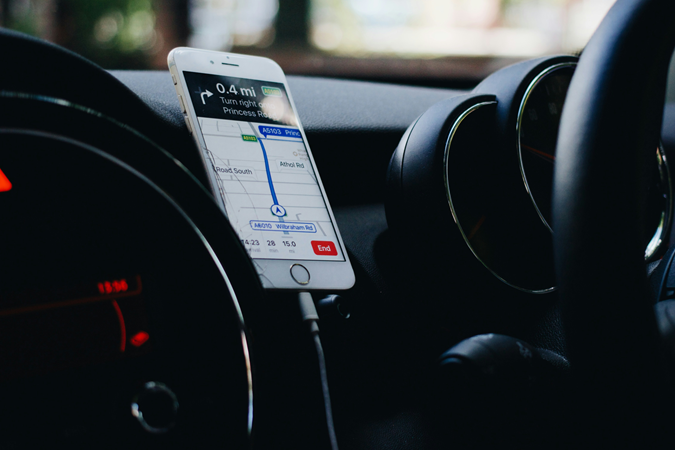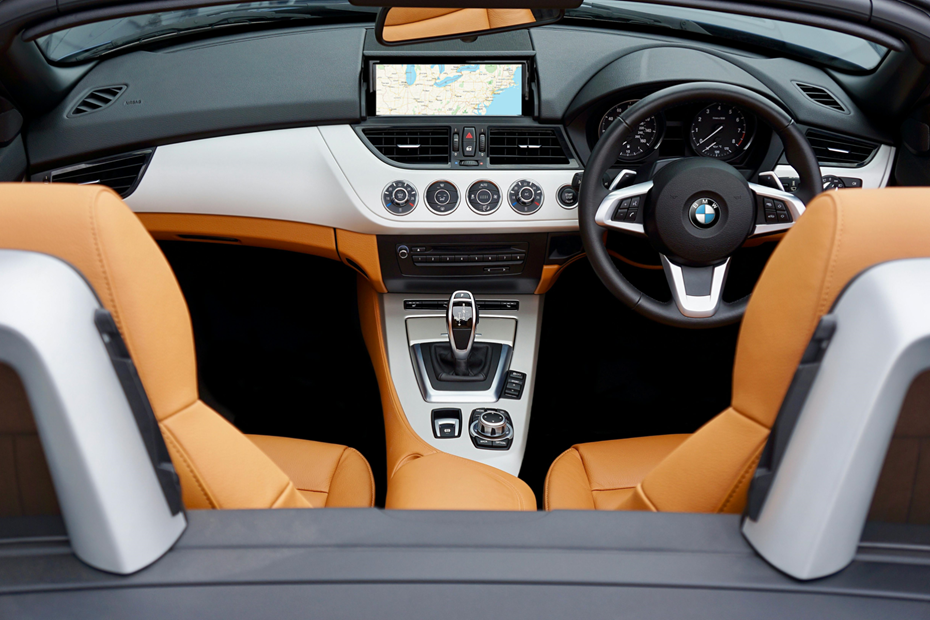Satellite-navigation, or sat-nav for short, is a navigation system that uses a combination of satellites, fancy algorithms and interactive mapping software to determine a car’s position then calculate and suggest the best route for it to follow to a predetermined destination. It often forms part of a car’s infotainment suite, though can be accessed via an aftermarket device or a mobile sat-nav app.
While it may be tempting to set off on your familiar journeys without setting your sat-nav up, you’re actually better off getting into the habit of always programming your car journeys.
Why? Connectivity with cloud technologies now means sat-nav systems are more sophisticated than ever before. If there’s any congestion or difficulties on your journey, you’ll get the heads-up before you get tangled up in it. On this page, we’ll break down what sat-navs are, how they work and which type might be best for you.
Latest news…
The government has announced plans to digitise all Traffic Regulation Orders (TROs) so that motorists can receive them ahead of time to avoid delays or extensive journeys. The orders, which can include temporary speed limits, road works and parking space availability, will automatically update and then be sent to drivers via their sat-nav system so they can make decisions based on the data.
‘Everyone knows the frustrations of being sent down a closed road by your sat-nav, so by going digital with our traffic information, we’re making sure that drivers have the very latest travel information to rely on,’ roads minister Guy Opperman said.
The announcement forms part of a bigger government plan to readdress the country’s driving conditions, including a huge investment into pothole repair using money saved for the now-scrapped HS2 railway extension.
‘This is part of our first package of measures from our Plan for Drivers to be set out tomorrow, coming after our record £8.3 billion investment to resurface local roads – the biggest ever increase in funding for local road improvements,’ Mr Opperman added.
How does sat-nav work?
Sat-navs use satellites to guide you to a destination. It’s particularly helpful if you don’t know where you’re going, or you’re not especially familiar with your locality.
Simply input a postcode or even coordinates and it’ll plot a route to get there. Some systems may let you put in part of an address (such as a road or a town centre) or speak through the voice control system to input a destination.
Most sat-navs then give you the option to choose between the fastest route (journey time), the shortest route (in miles) or an economical route.

Guidance is fed to the driver through the car’s speakers, while on-screen directions are shown on the car’s infotainment screen and/or instrument cluster. Some cars fitted with a heads-up display can show the directions on this, too.
Don’t know the address?
You can also search for points of interest either on the route or at a destination, while some cars with more advanced systems can even connect you to a central call centre or concierge. Directions will be sent over a remote connection to the car’s centre display.
Some sat-navs are based on third party systems, for example Renault uses TomTom and Mercedes-Benz uses Garmin for some of its models.
What is the best sat nav to buy UK?
The best sat-nav to buy depends on how and when you will use the service. You may be better off using your car’s integrated system if it has one as you won’t have to tote a device around (this will minimise risk of theft). However, if you often use rental cars, you may want to invest in an aftermarket sat-nav that you can move from one car to the next.
Alternatively, you could use a navigation app on your smartphone, though you’ll need to ensure the device is properly seated in a holder and out of reach to stay on the right side of the UK’s mobile phone driving laws.
Are sat navs illegal in the UK?
Sat-nav devices aren’t illegal in the UK, but mobile phone laws prohibit any touching of third-party devices while the vehicle is moving.
To minimise driver distraction, it’s worth getting familiar with voice control features on whichever device you choose to use.
Is an integrated sat-nav better than a sat-nav app?
- Always available, no clutter
- Support for dashboard and head up displays
- Direct control from voice, wheels or buttons already in the car
Most integrated navigation systems lag behind smartphone apps and standalone devices simply because they’re designed well in advance of launch. However, more sophisticated systems with their own data connections are able to update and pull in live traffic from a variety of sources, and they’re often as good as the best apps.
Do sat-navs work internationally?
Yes, sat-navs can be used abroad, but it’s crucial to ensure you have the right maps downloaded before you go. Some systems may need additional map packs or updates for different regions, while others might include global coverage by default. It’s also worth checking if your sat-nav has live traffic data or speed camera alerts for your destination — some features may be limited or require a subscription when used internationally.
Looking for more jargon-busting motoring meanings? Head over to our Parkers Car Glossary page and take a look at our other definitions
Just so you know, we may receive a commission or other compensation from the links on this website - read why you should trust us.






